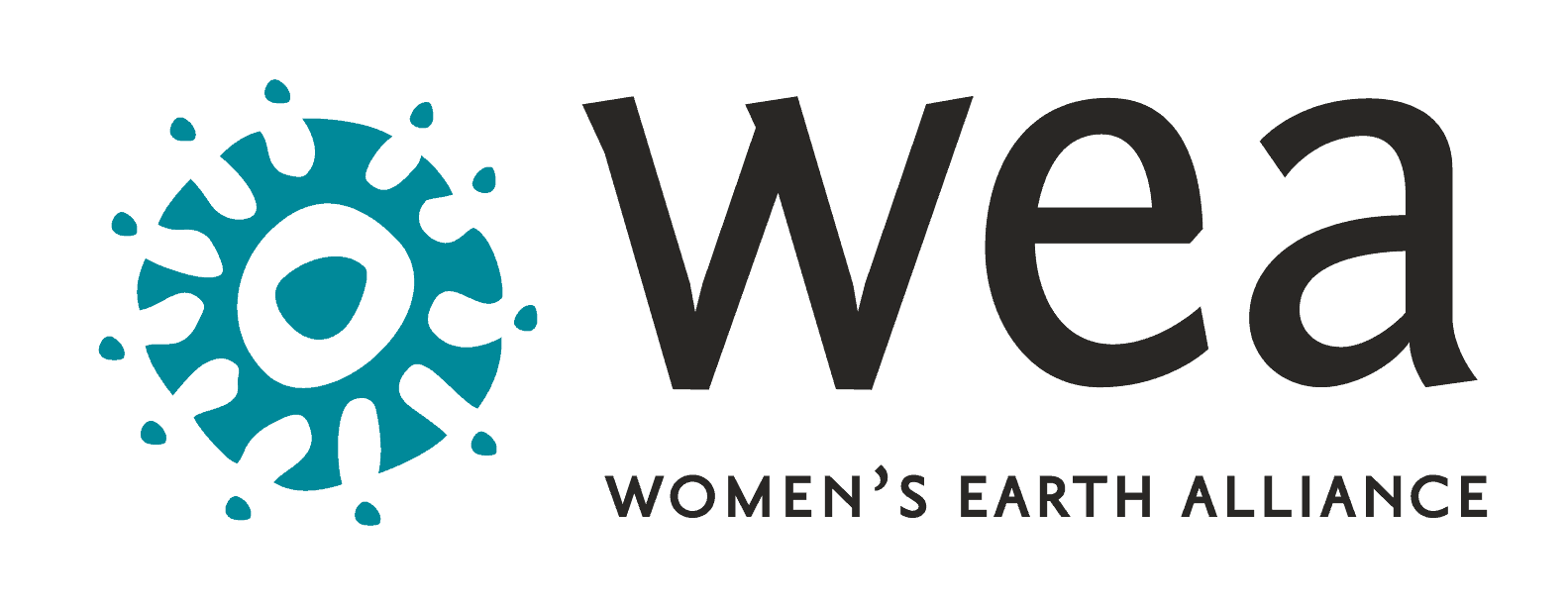IN 2006, 30 WOMEN MET TO CREATE A FRAMEWORK FOR TRANSFORMING THE WORLD
Women’s Earth Alliance grew out of a network we launched in 2005, called
Women’s Global Green Action Network (WGGAN). From the beginning, many of you believed that this was an organization whose time had come. Hundreds of supporters made it possible for us to create a strategy meeting of grassroots women environmental leaders from 26 countries. We gathered in Mexico City to design the priorities and action plans for an unprecedented initiative to take shape.
From South Africa to the Philippines, Australia to Haiti, our group of 30 visionary women leaders came together and shared strategies on issues of health, sanitation, land issues, water rights, toxics, sustainable micro-businesses, and more. We agreed upon a set of shared values and principles, identified key strategies, established regional hubs, and mapped out our first projects.
We traveled to Mexico City because of our shared concern for the future of our planet. Young and elder women from regions around the world united with a shared dream: to build an alliance that would put an end to the relentless violence on our earth and on our world’s women. But that wasn’t all. In the face of a world fractured by fear and disconnection, we sought to uplift the WE – to demonstrate that unity is the only lasting antidote to violence and destruction.
That first moment we stood together in silence, until one woman spoke up and said, “I’ve traveled thousands of miles away from my village to come here, and for the first time I truly feel home.”

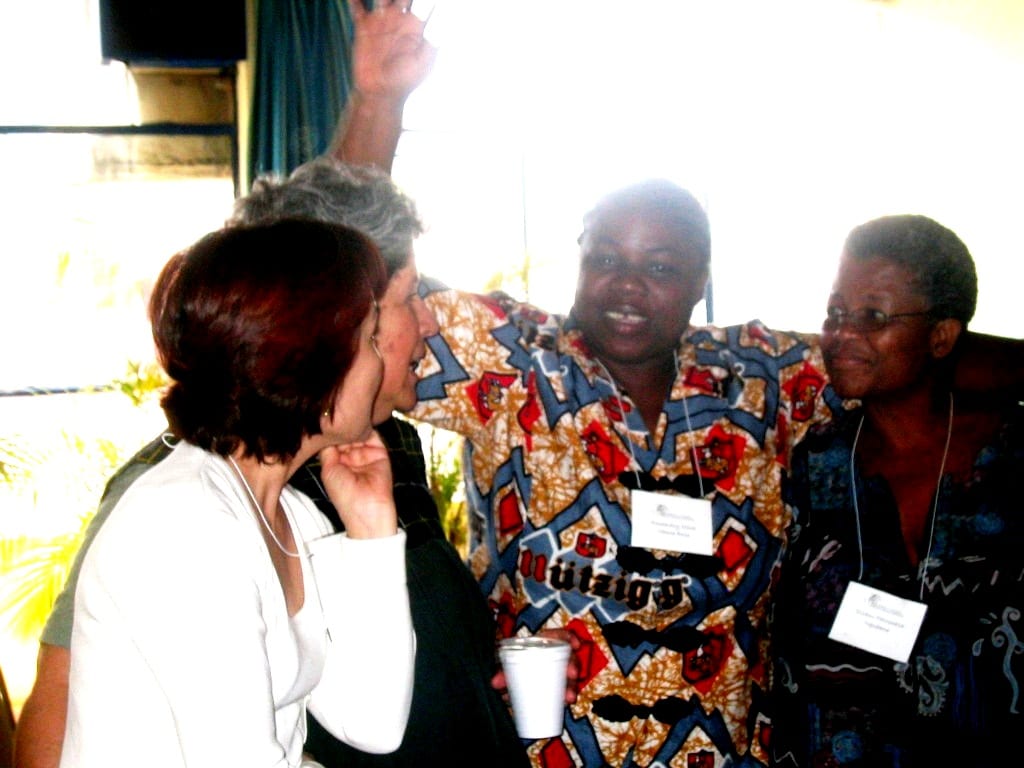
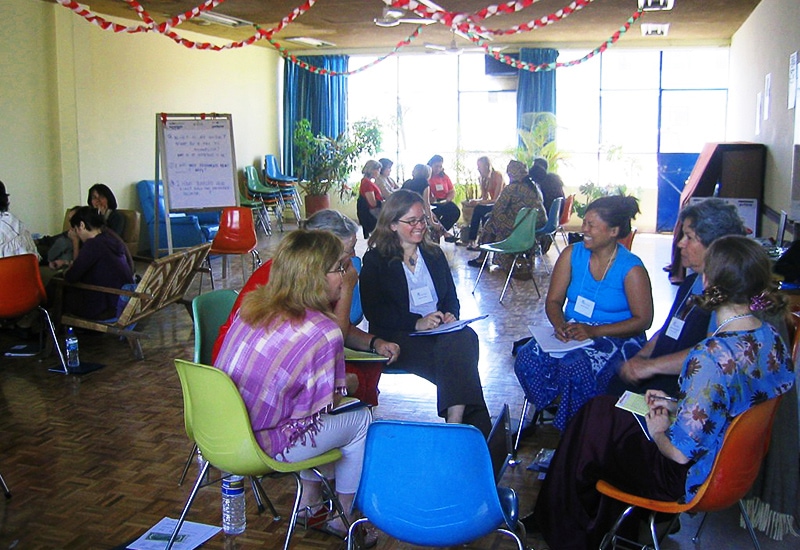
Since its start — one circle of 30 women — WEA has given rise to thousands more circles. The actions women take in WEA’s programs are simple but profound — saving indigenous seeds, planting native trees, teaching solar cooking, launching sustainable farms, providing safe water, preserving traditional knowledge, building composting toilets, and protecting land rights in some of the most resource rich but threatened regions on Earth.
Women standing in WEA circles turn right around to build more circles, generating multiple cascading benefits — safe and just conditions for women and girls, economic prosperity, protection of water, food, and energy sources, peace and stability, and cultural healing.
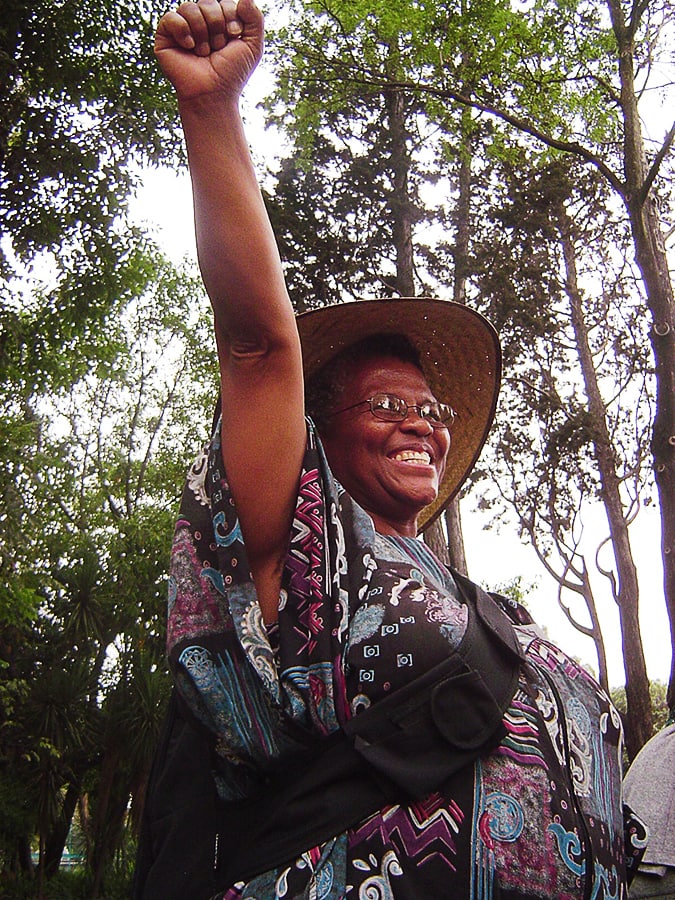
Sizani Ngubane, South African Environmental Leader and Founder of the Rural Women's Movement at the first WEA Circle in Mexico City.
In Mexico City in 2006, 30 women grassroots leaders from around the world asked 3 questions:
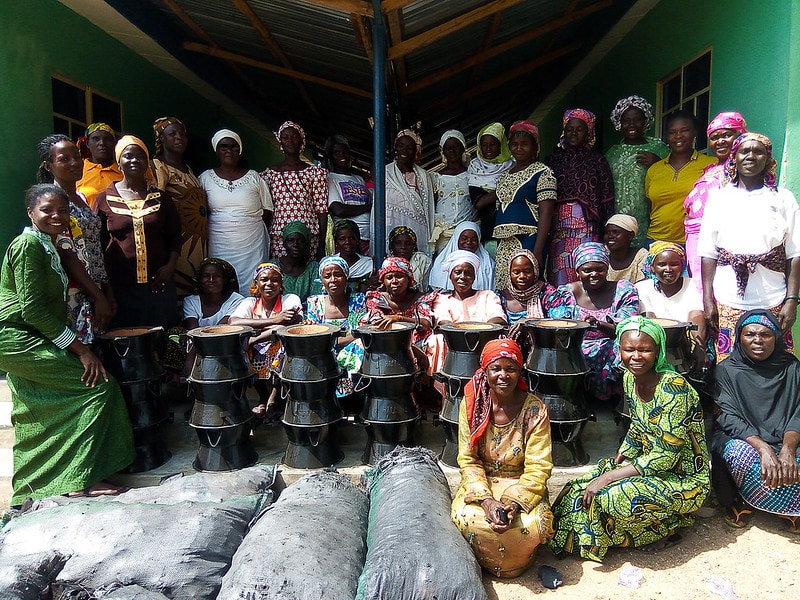

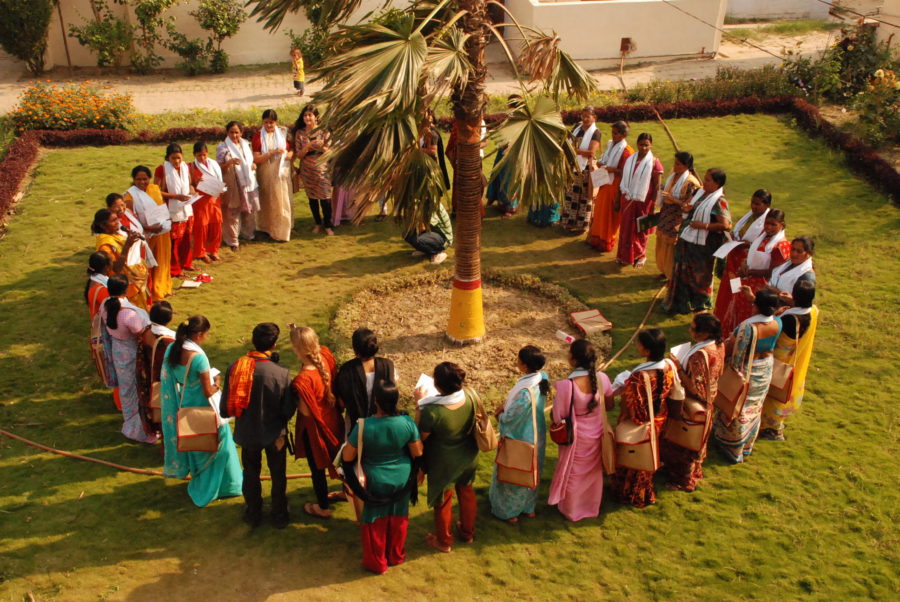
Why Women?
Women are hit hardest by environmental and climate crises, and many risk their lives every single day just to access basic needs– like water, food, and fuel– for their families and their communities. But when these women receive support, they are highly effective at designing and carrying out appropriate, long-lasting solutions to persistent environmental challenges they intimately know.
Why Earth?
Resources like water, food and land are proven to be leverage points for transforming larger societal trends. Communities that have access to clean water, healthy food and protected land are more likely to see improvements in economies, human rights, education, health, democracy and peace.
Why Alliance?
Too many grassroots women leaders around the world work in isolation, without access to information, training, and alliances with other leaders and organizations. And yet women leaders positioned as hubs of community networks are poised to move resources and knowledge efficiently through those networks.
THIS TIME HELPED US TO IDENTIFY SEVERAL IMPORTANT MISSING PIECES:
Women are under-resourced. Community leaders are often working without support (financial, moral, political, or otherwise).
Women are working in isolation and do not have access to a wide range of information, training, and communication tools.
Women are left out of decision-making. Women's valuable first-hand knowledge in caring for water, food, land, and air is not accounted for in policy-making, and women's participation in decision-making is painfully low.
WEA is built from this blueprint.
